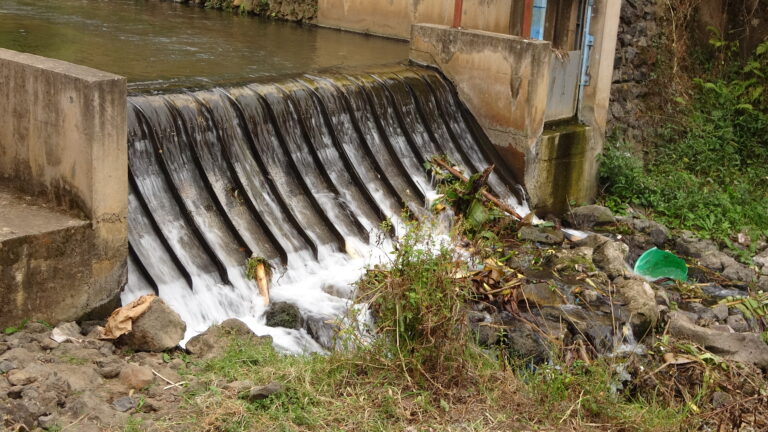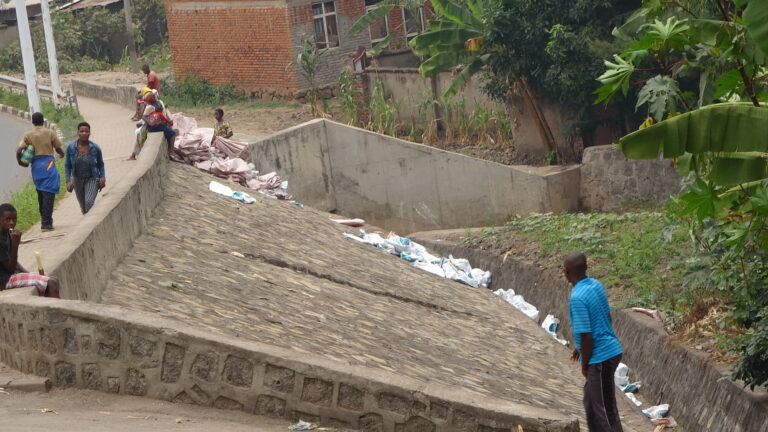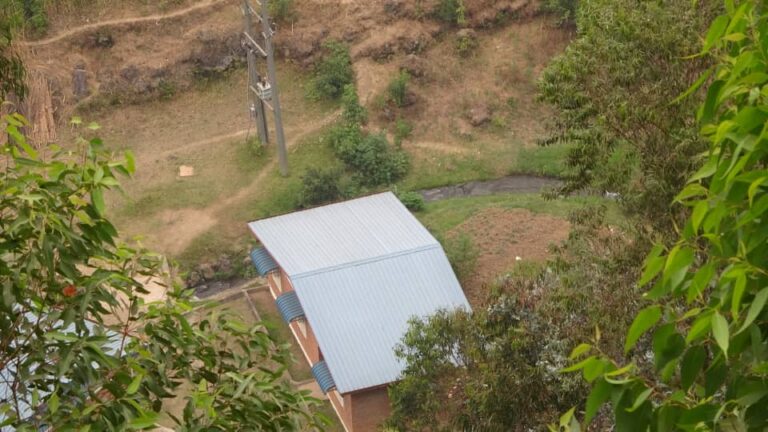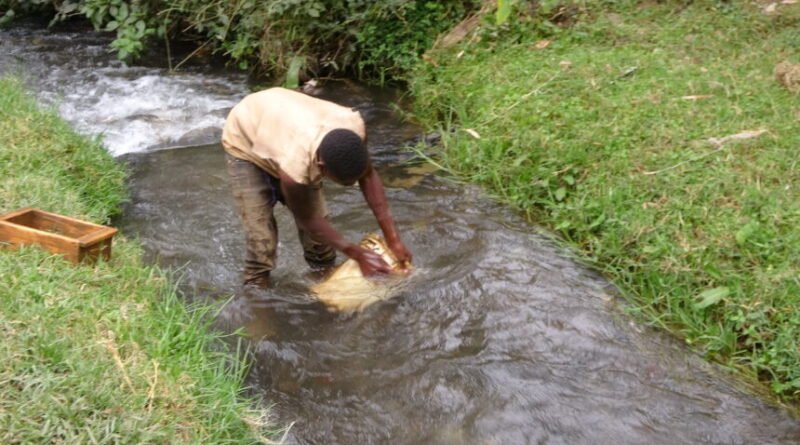The environmental impact of human activities on Kigombe river in Musanze
Kigombe River, one of the rivers in the Musanze District, particularly situated in the city center, is increasingly threatened by various human activities.
Musanze, as a city that complements Kigali, continues to develop day by day, evidenced by the infrastructure projects, including buildings and roads.
However, environmental experts indicate that unregulated development significantly harms both human health and the environment. Some of the major activities affecting Kigombe River include vehicle repair shops and concrete mixing sites, all located on wetlands that absorb water flowing into this river.
Additionally, some individuals dispose of cement bags into the river, releasing harmful chemicals that disrupt aquatic ecosystems, while others improperly dispose of waste in major drainage systems that eventually flow into Kigombe.
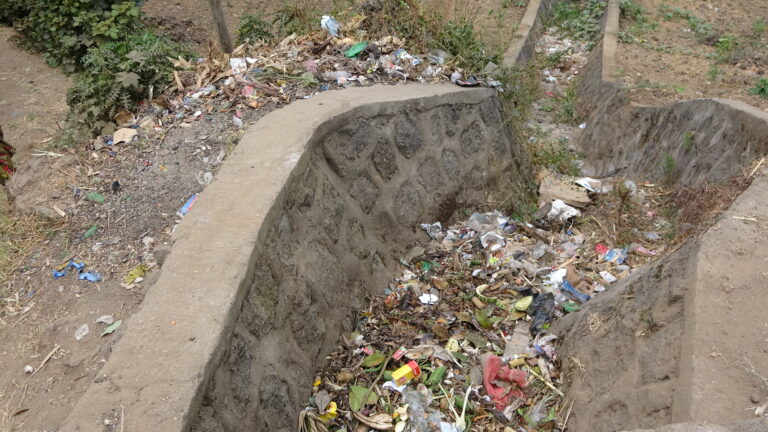
While research is ongoing to determine the adverse effects of the chemicals in cement on aquatic life, experts affirm that these pollutants alter water quality, leading to fish deaths and harming other organisms within the river.
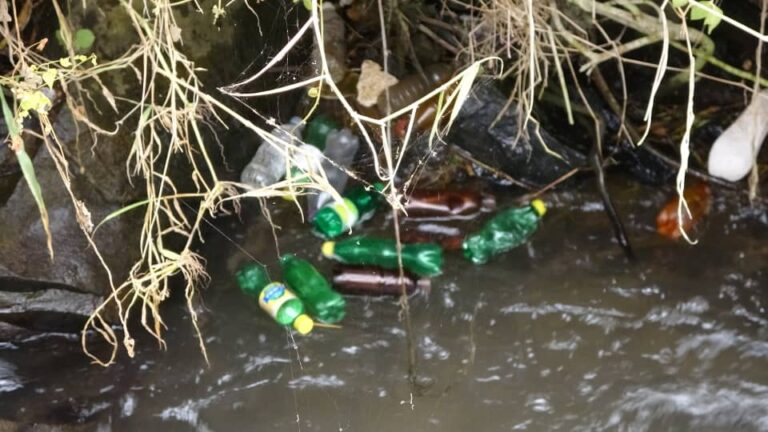
Construction, agriculture, and livestock farming practices that violate the law protecting rivers in Rwanda contribute to further degradation of the Kigombe River, posing risks to those who live near and rely on it for their daily lives.
As this river faces various threats while being vital for the surrounding community and Musanze city as a whole, environmentalists emphasize that residents and workers in Musanze are jeopardizing their own well-being.
Eng. Twagirimana Jean de Dieu, an ecotourism advocate and environmentalist, explained that people still lack a comprehensive understanding of the importance of environmental protection, which is why they continue to engage in destructive practices.
He stated, “Human activities are one of the main factors contributing to environmental degradation, while natural phenomena play a minor role, and it is humans who exacerbate these issues.
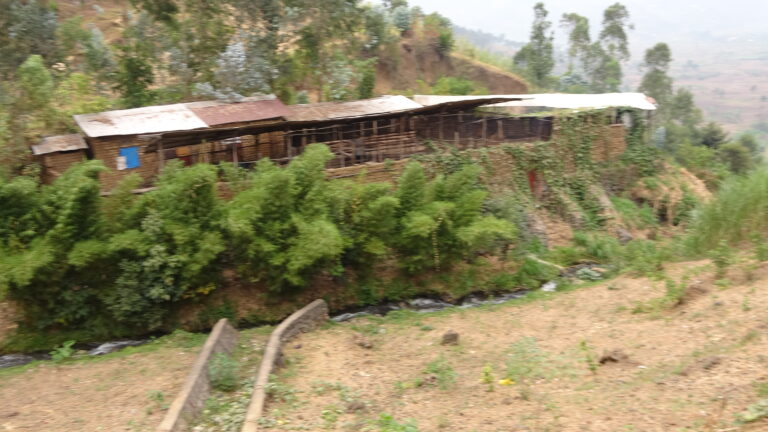
The most severely affected environments are freshwater ecosystems. Numerous examples exist where people cut down trees along riverbanks and dump waste into rivers, leading to a decline in biodiversity, while farming near riverbanks increases erosion.”
He added, “Activities such as overgrazing, introducing chemicals into rivers, and others not listed here all harm the environment. All of this leads to a situation where it feels as though one is destroying their own home, as the consequences ultimately affect us.”
What role does Kigombe River play in Musanze city?
Kigombe River, originating in the city center and flowing towards the larger Mukungwa River, plays both direct and indirect roles in the daily lives of its residents and the Musanze community at large.
In terms of public benefit, Kigombe River supports a hydroelectric plant with a capacity of 272 kilowatts, connected to the national electricity grid.
Some residents of Kigombe Village in Muhoza Sector, where the river is located, report that it is crucial for their daily lives as they rely on its water.
Mutuyimana Jacqueline, a local resident, said, “I was born right here, where you see, and I have grown up with this river. We use its water for cooking, drinking, and even bathing our children, as no one from here can grow up without benefiting from this river.
Kigombe is vital for us! It is where we find food, as besides growing crops, we also use it for making bricks and other daily activities.”
Residents confirm that the river significantly impacts their livelihoods.
Rukundo François, another local, mentioned that while he does not use its water due to its poor quality, he is concerned about the health risks posed by consuming fish from this river.
He said, “Honestly, I cannot use this water at home as I see others do, because I know the fish here likely have ingested plastics, which can lead to various cancers due to their contaminated environments.
The river also has plastic bottles dumped in it, which raises concerns for my health. If possible, I would urge the government to conduct awareness campaigns to protect Kigombe River and safeguard our health.”
Marie Grâce Wishavura, the environmental development officer for Musanze District, stated that while the environment in the district is generally well-maintained, challenges persist due to activities that residents engage in that harm the ecosystem.
She noted, “In our district, the environment is mostly well-protected, although challenges do exist. As a developing city, certain environmental aspects are threatened by this growth. To address these issues, we utilize environmental protection laws in Rwanda and follow urban planning guidelines.
Regarding the activities harming Kigombe River, we are aware of some residents’ practices that negatively impact the environment. We plan to conduct awareness campaigns through various programs to engage with those living near the river who rely on it for their daily activities and those involved in activities that pollute it with plastics, to help them understand the consequences of their actions on aquatic life and ourselves.”
She also advised residents to cooperate in environmental conservation, stating, “Everyone must participate, as the impacts of environmental degradation affect us all, and thus, we must prevent further damage.”
What does the Rwandan law protect concerning rivers, streams, and lakes?
Law No. 48/2018 of August 13, 2018, governing the environment, specifies in Chapter III, Article 12, that natural water resources must be protected from pollution at all sources.
The law continues to outline prohibited activities, particularly in Chapter VI, which clearly states banned actions and penalties.
In Article 42, there is a list of prohibited activities on protected wetlands and waterways. Specifically, Sections 1, 2, 3, 5, and 6 state that the following are prohibited:
1. Dumping solid, liquid, or gaseous waste into rivers, streams, wetlands, ponds, lakes, or their banks;
2. Damaging the aesthetic value of water bodies, whether surface or groundwater;
3. Discharging, discharging, or storing anything in a manner that could pollute or increase the contamination of water;
4. Conducting agricultural and livestock activities within ten meters (10 m) of river and stream banks, and within fifty meters (50 m) of lake shores;
5. Constructing livestock pens, slaughterhouses, and livestock markets within sixty meters (60 m) of river and stream banks, and within two hundred meters (200 m) of lakes;
6. Building in water sources, rivers, streams, lakes, and their banks within ten meters (10 m) from rivers and fifty meters (50 m) from lakes.
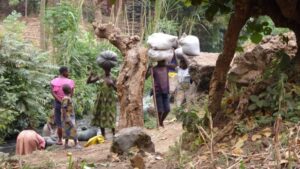
Article 49 outlines prohibitions in accordance with this law, particularly in Sections 1, 2, and 5.
It states that anyone who:
1. Constructs livestock pens, slaughterhouses, or livestock markets within sixty meters (60 m) of river and stream banks, and within two hundred meters (200 m) of lakes;
2. Conducts agricultural or livestock activities within ten meters (10 m) of river and stream banks, and within fifty meters (50 m) of lake shores;
3. Dumps solid, liquid, or gaseous waste into rivers, streams, lakes, or their banks, is subject to a governmental fine of five hundred thousand Rwandan Francs (500,000 FRW) and removal of their activities.
If the activities mentioned in the first section of this article were conducted by someone with an environmental impact assessment for their project, they are subject to restoring the damaged ecosystem and a governmental fine equal to two percent (2%) of the project’s total cost.
Currently, Rwanda has 861 rivers with a total length of 6,462 km, which connect their waters to two major rivers, the Nile and the Congo.
The Nile captures 67% of the water from the east, while the Congo captures 33% from the west of all the river waters in Rwanda.
There are also 2,860 wetlands covering an area of 278,536 hectares and 101 lakes covering an area of 149,487 hectares.
